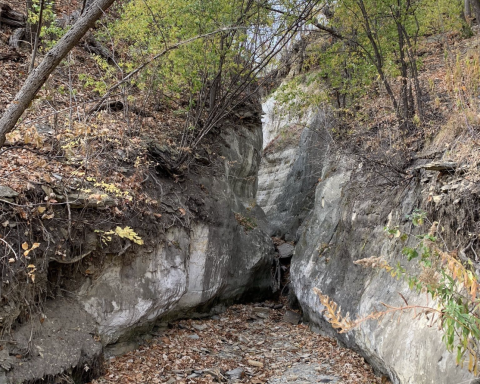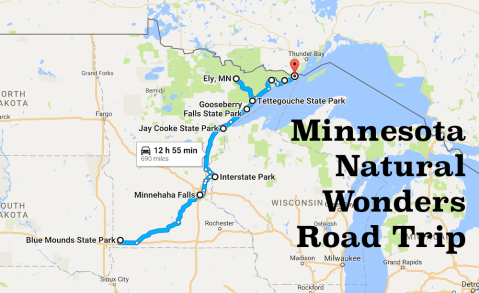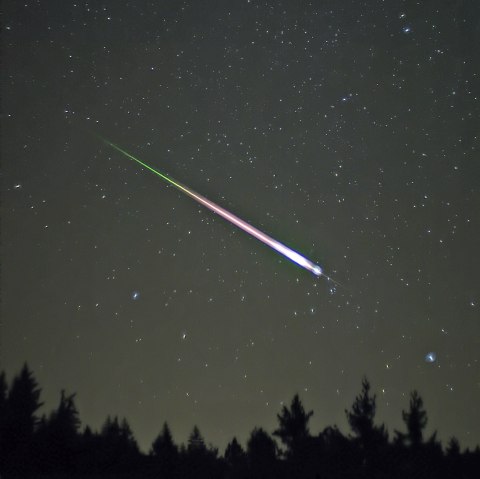The Minnesota Sky Will Light Up With Shooting Stars This Week During The Leonid Meteor Shower
Every November, the Leonid meteor shower lights up the night sky across Minnesota. The Leonids is one of the year’s premier shooting star shows, averaging about 15 meteors per hour, depending on your vantage point.
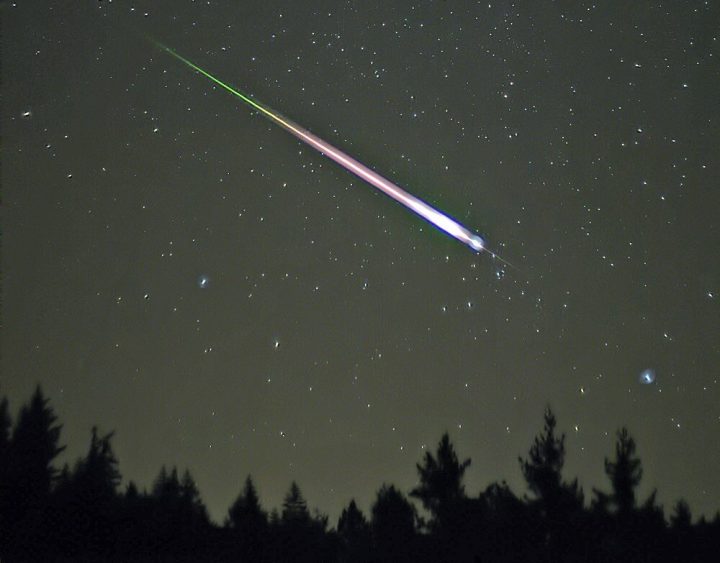
The Leonids will produce an average of around 15 meteors per hour. At its peak, which happens just past mid-month, you could see 100-200 meteors per hour under ideal viewing conditions.
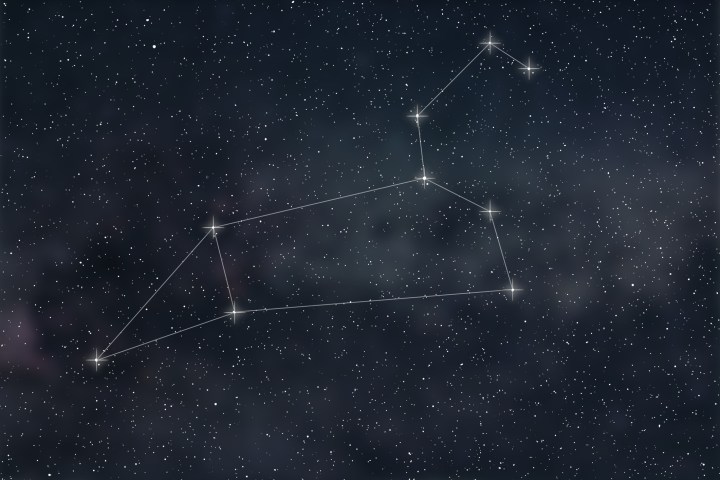
In November, Leo is generally visible in the northern part of our Minnesota sky.
Advertisement
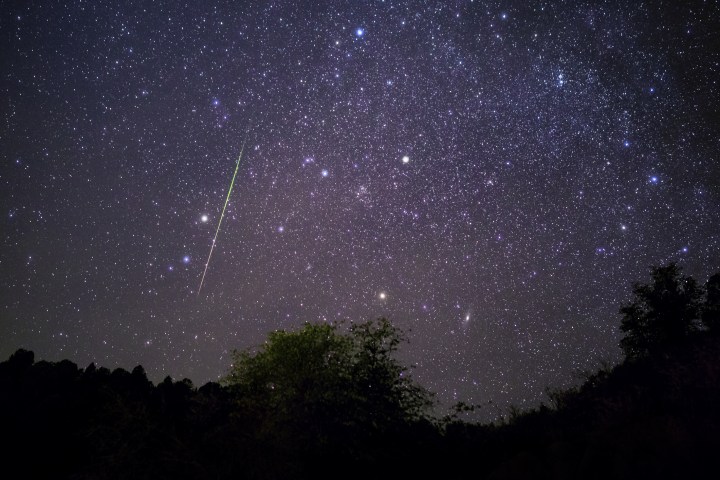
Comet 55P/Tempel-Tuttle passes around the sun every 33 years.
Advertisement
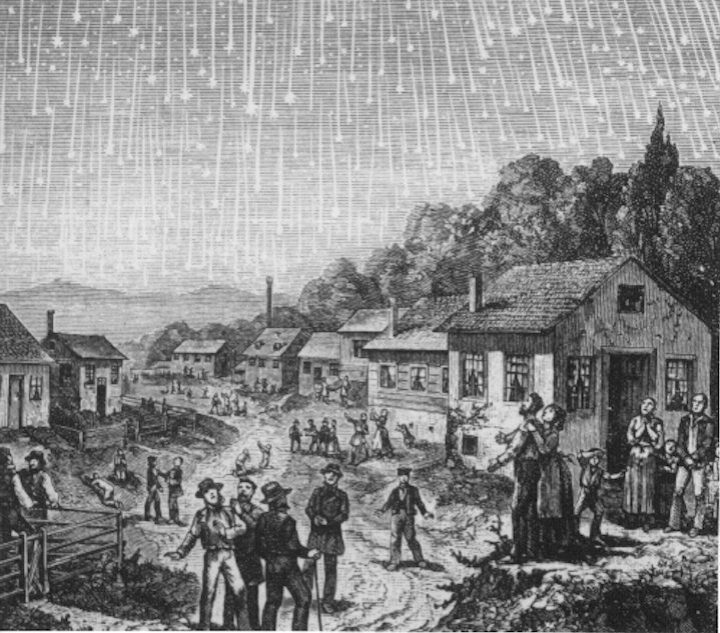
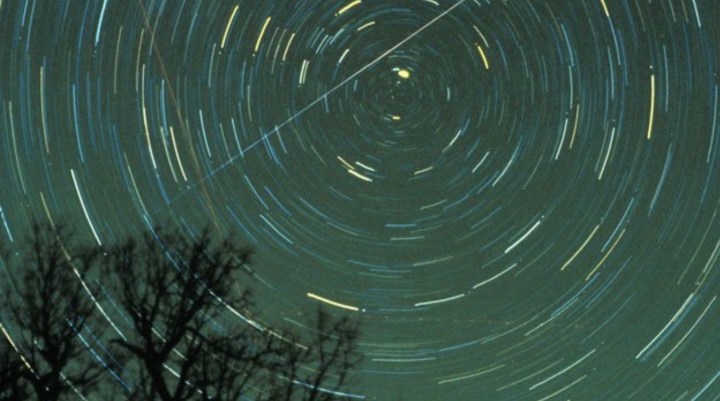
These meteor storms coincide with the parent comet’s closest proximity to the sun during its orbit.
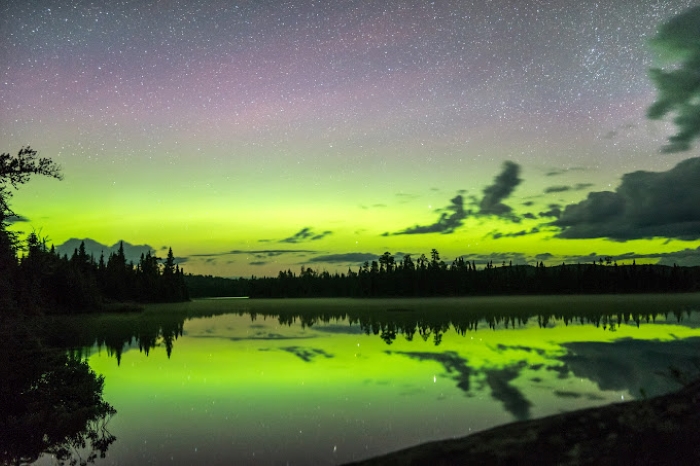
Because you’ll be looking generally north, you may even catch a bonus aurora while you’re counting shooting stars.
Will you get out to see the Leonid meteor shower in Minnesota this month? If you can make it to one of the state’s dark sky areas, like Voyageurs National Park, you’ll boost your odds for seeing the maximum number of shooting stars streak across the sky.
OnlyInYourState may earn compensation through affiliate links in this article. As an Amazon Associate, we earn from qualifying purchases.


